|
A good friend and I had the opportunity to go see a collection of drawings by French artists of the 18th century at the Kupferstichkabinett, close to Potsdamer Platz in Berlin. The collection will be on display for some more weeks, but not very long, so go and see it, if you have the chance. It is safe to say, that we were both blown away by what we saw. Below you can see an assortment of the drawings. Please only use them for studying purposes! They are usually being kept in the closely located library, which is free of charge and you can go there and study them closely. So since the museum shows them in the library for free for studying purposes, I guess it is safe to show them here as well. As being said, only for the purpose of learning from them. Things I learned from the drawings, or what fascinated me. Look out for this, to make the studying more purpose-driven and enjoyable. Because it is more fun to look for things you know are there, instead of not knowing, what you are even looking for. - they treat the lines they use for marking an edge differently, depending if it is in light or shadow. Lines that mark an edge in the light are lighter, sometimes even broken! This also connects the object with the background. - they describe the texture with their lines, using very different movements and patterns for the things they portray. - they use finer lines for things that are further back and thicker, darker lines for things on the foreground. - they used their lines to show the form underneath. - the contour lines are rarely closed off to all sides. Like I said, they usually kept the lines on the lit side of things pretty fine or broken. - they used line weight, meaning the line changed thickness from one end to the other. - the line weight was used to show if the line was in light or shadow. - they use a hierarchy for their lines, throughout their drawings.
- even in their sketches, some of them used these principles. - they used line often to model something to look 3D. So even with using lines, by using this hierarchy, many of the drawings looked very realistic. Look for the nude male, who is sitting on a rock, leaning to the picture - right. On close examination you can see all the lines, but it still looks so real! What was so impressing to me, was that they all seem to use thess techniques. As if they all use the same language. A visual language of lines. But even with using this same language, they produced very different drawings and styles. So it is not restricting, to use this hierarchy. On the contrary, it still leaves you with an infinite amount of things to do with it. It is just that the result will be more realistic. One of the drawings showed an academy, where drawing was taught. Most interesting was that, it showed a step - by - step approach, to learning this line - language. Step 1: analyse drawings by looking at and copying them. This way, you get to know the language and see how they used it. Once you have learned the language and practice it, you can go on to step 2. Step 2: make drawing of casts and used the line - language, you have learned before. Step 3: make drawings of life - models, again using what you learned. It was very interesting, to see this step - by - step approach. To proceed to step 2, without understanding step 1 seems like a bad idea. I hope this doesn't sound pretentious. I am by no means a professional drafts-man, I just hope to help some beginners by sharing these theoretical insights. After overloading our brains with all of these insights, we went to the Alte Museum, which is located on the Museumsinsel in Berlin. Having a year - pass for all the museums is such a blessing!
We then went on to use those principles in a study. I really had to concentrate and it was getting late and dark (the statue I drew wasn't lit, for whatever reason). But in the end, I was quite happy with the result.
0 Comments
Leave a Reply. |
This is my blog. I will share information about workflow, my insights into image-making or just general thoughts and rants about being an artist. Archives
February 2024
Categories |
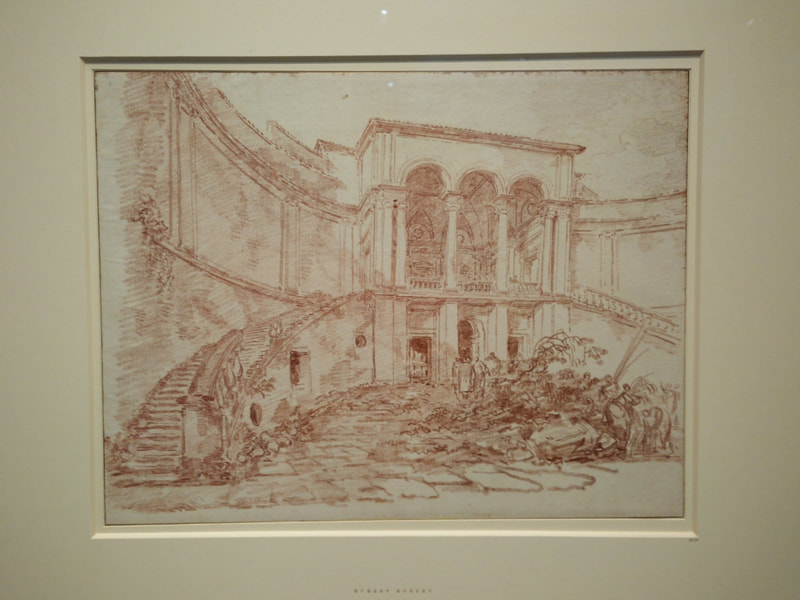
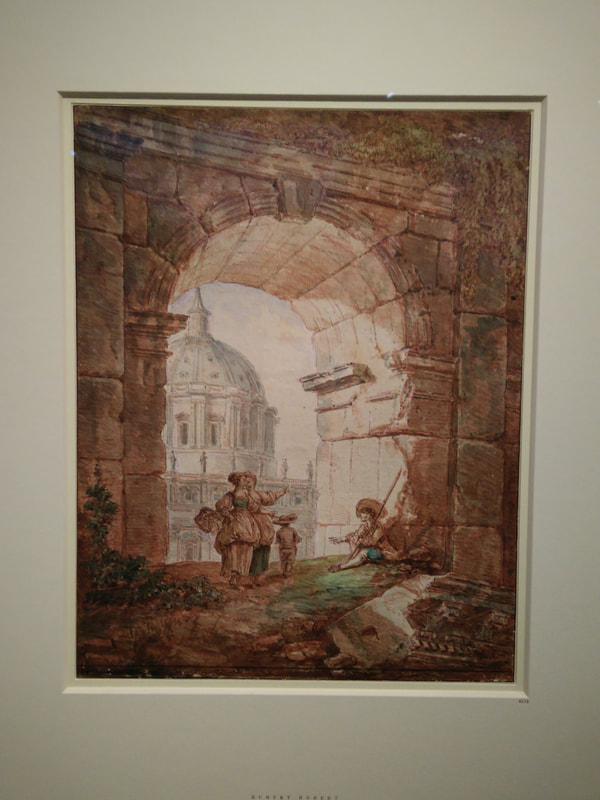
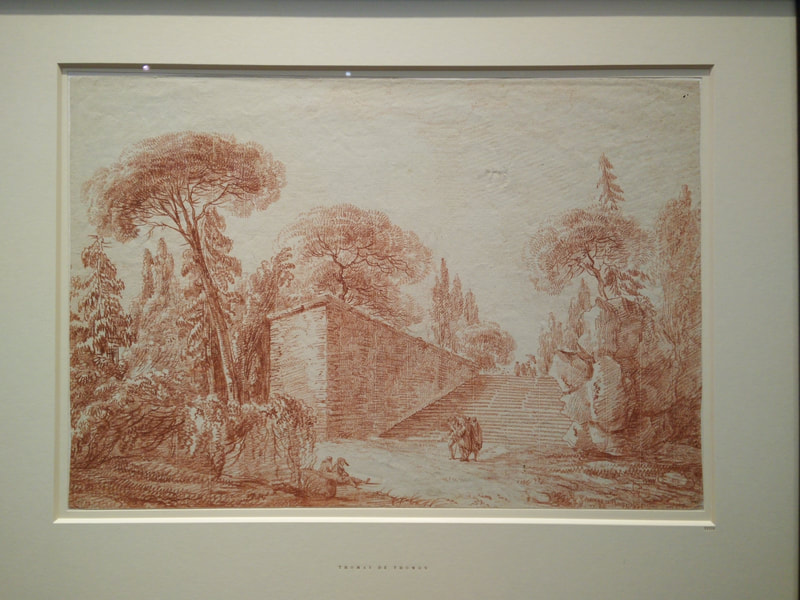
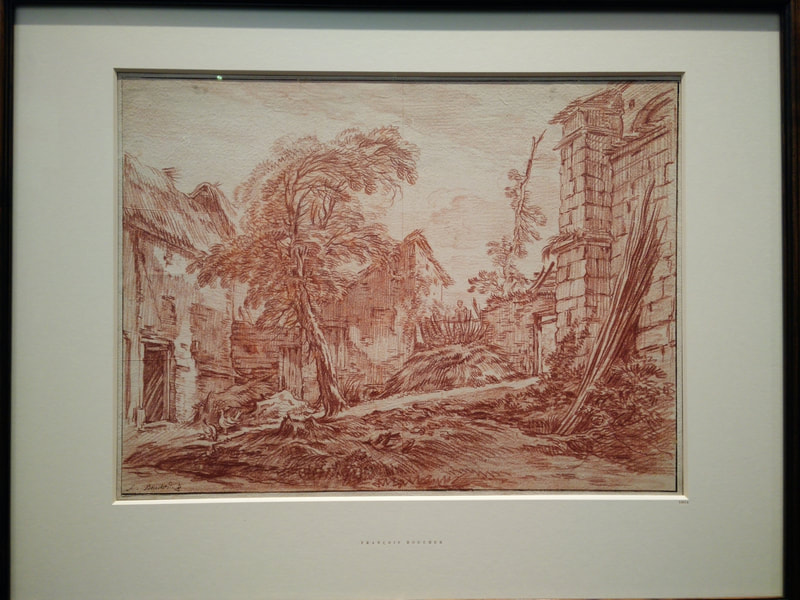
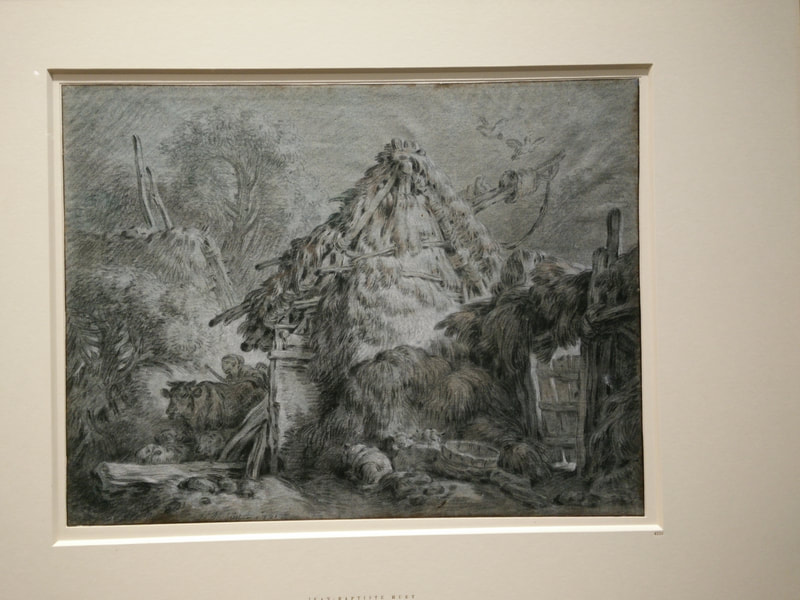
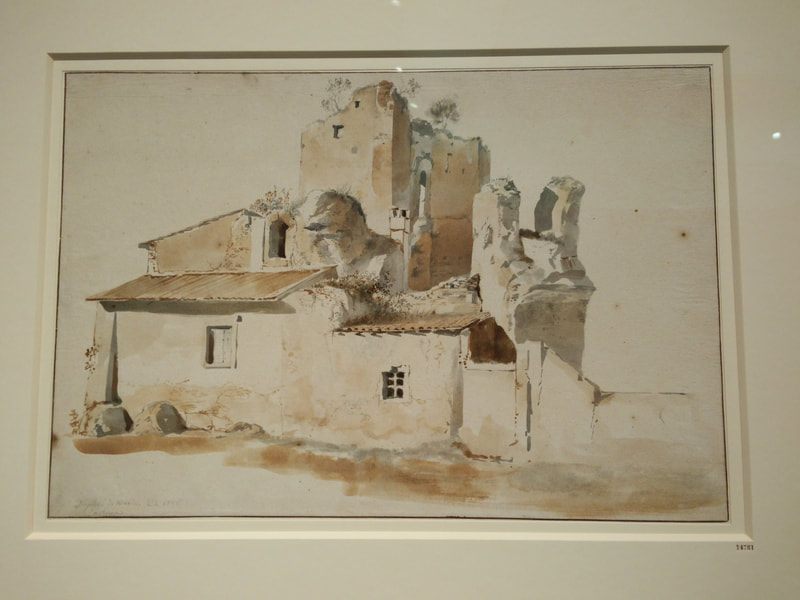
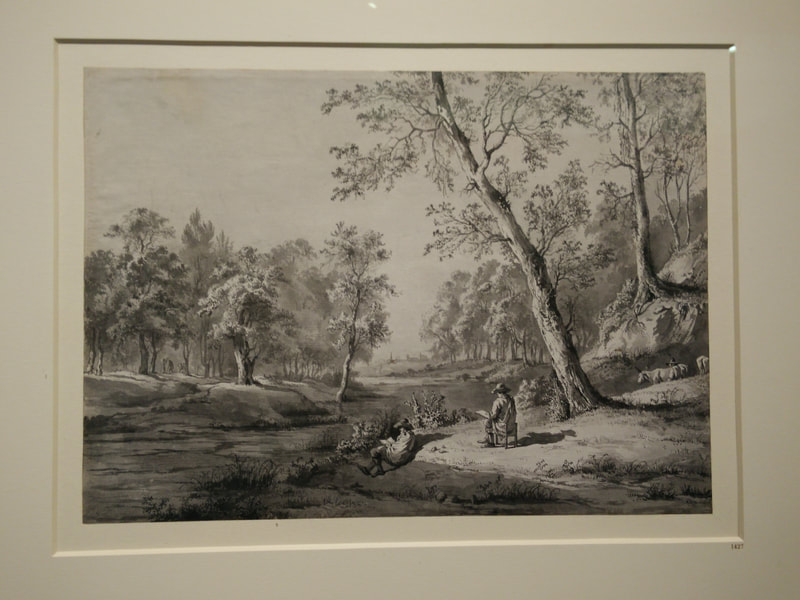
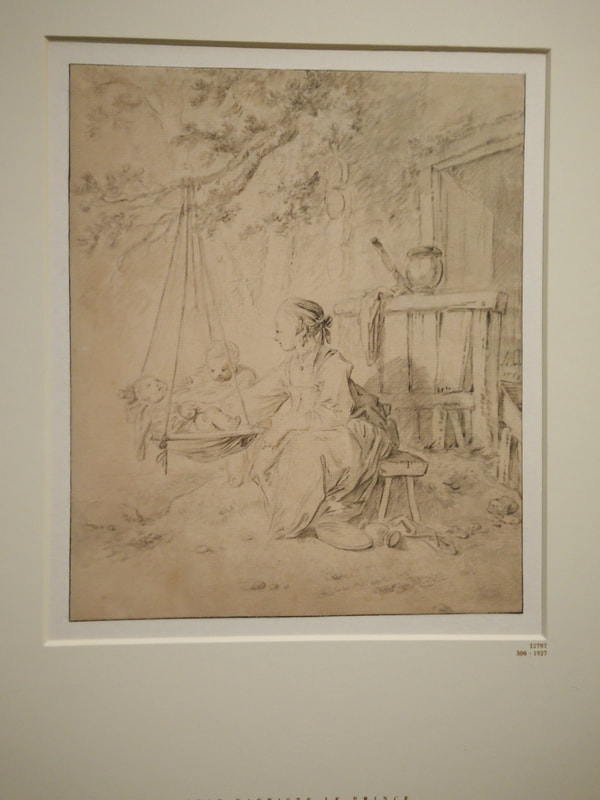
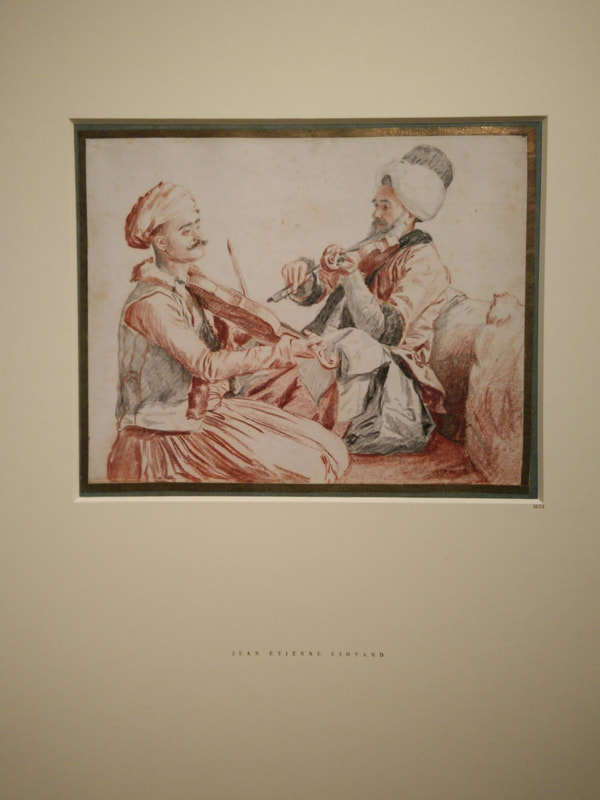
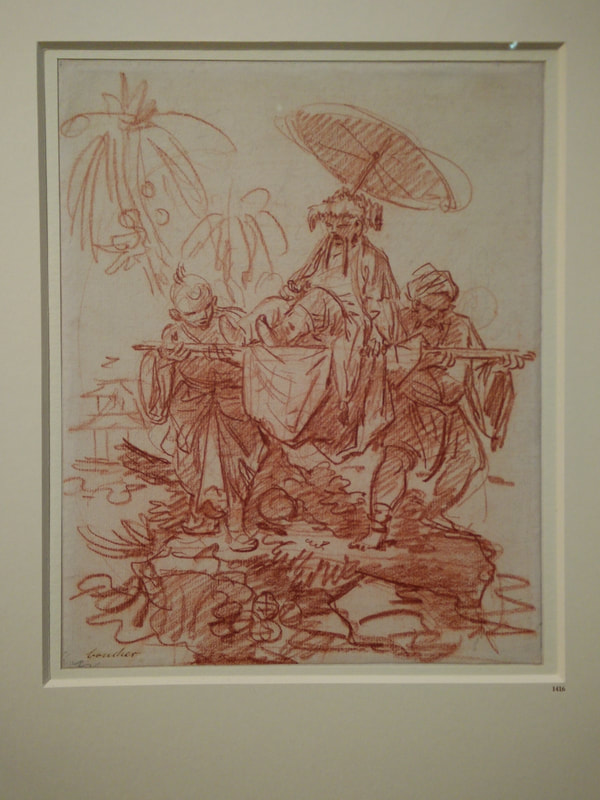
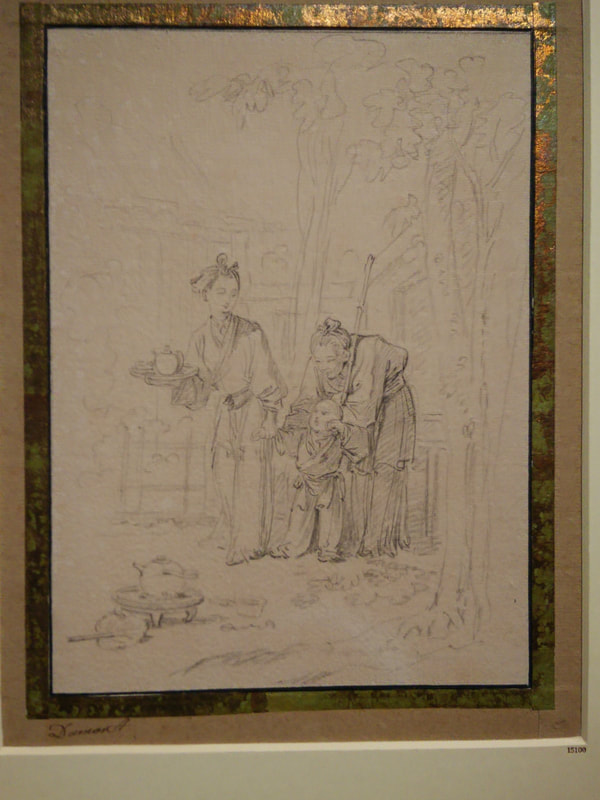
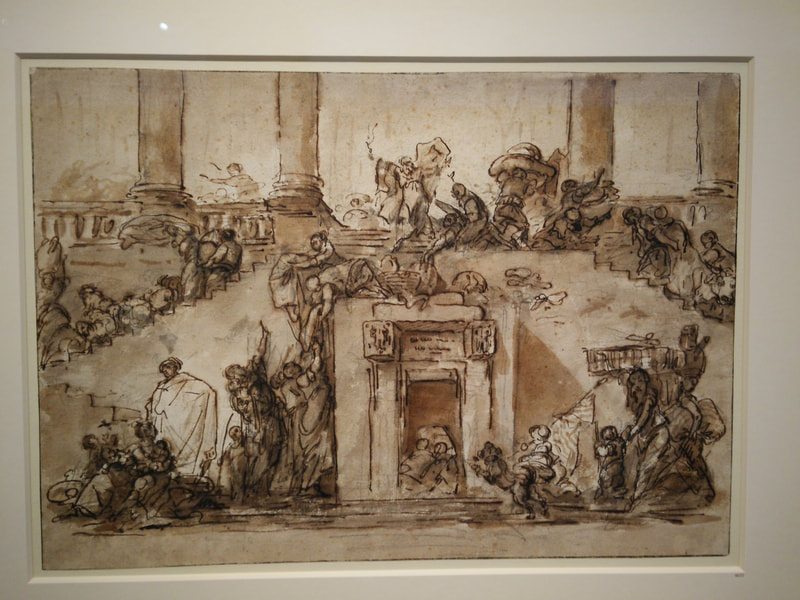
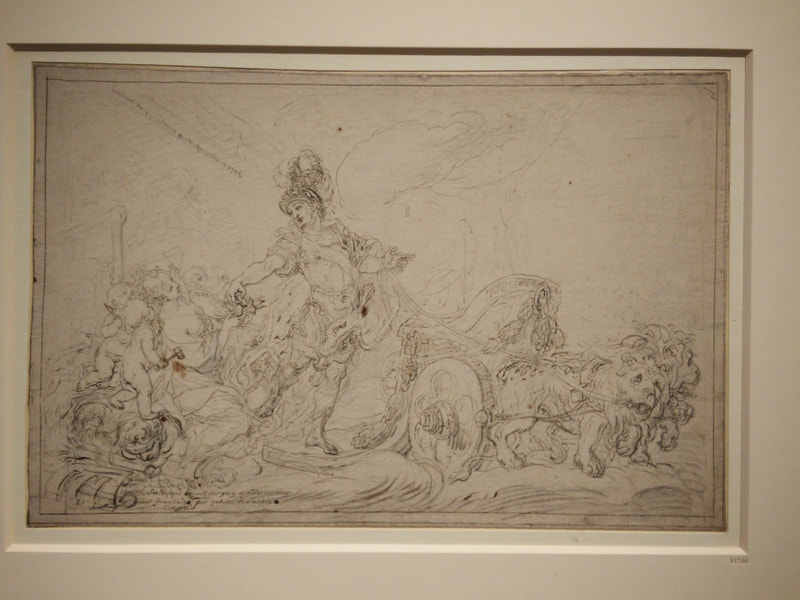
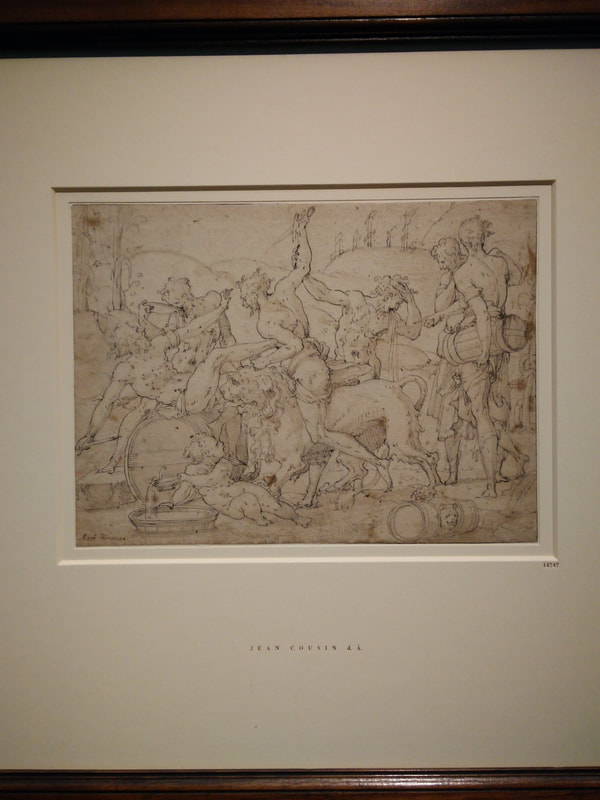
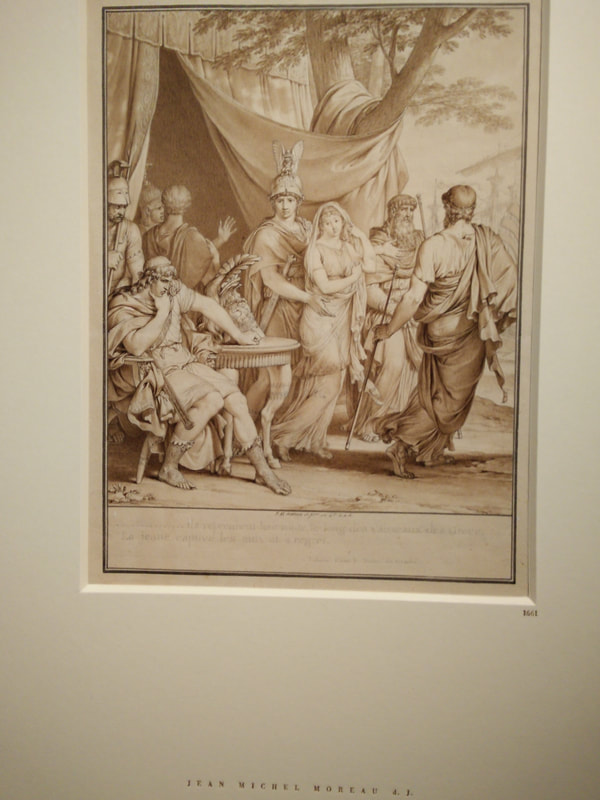
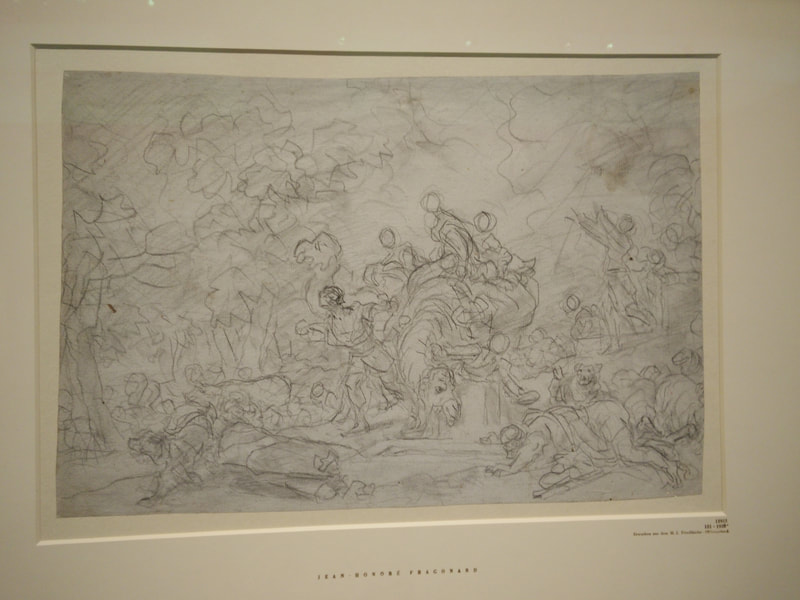


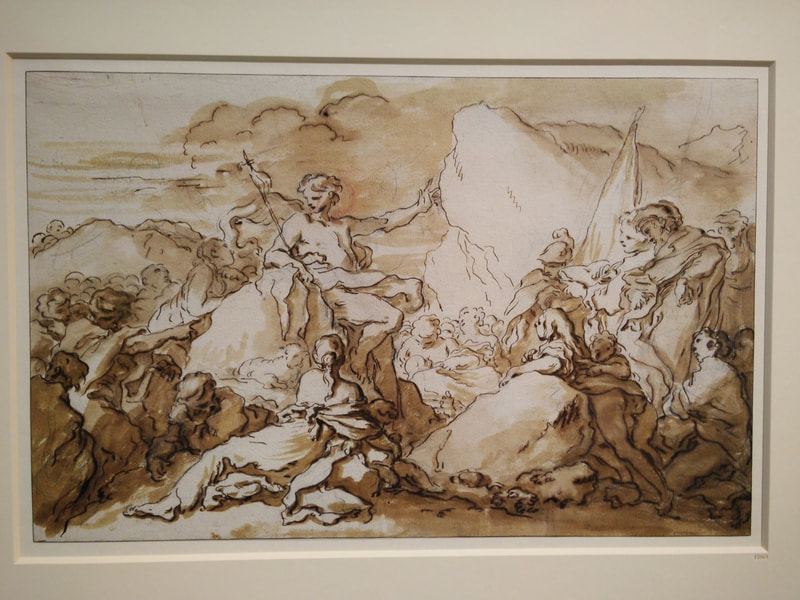
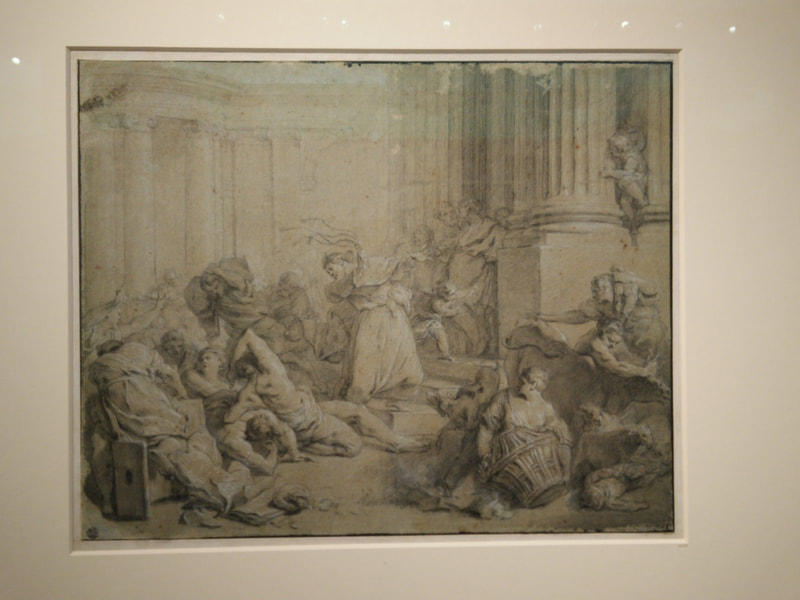
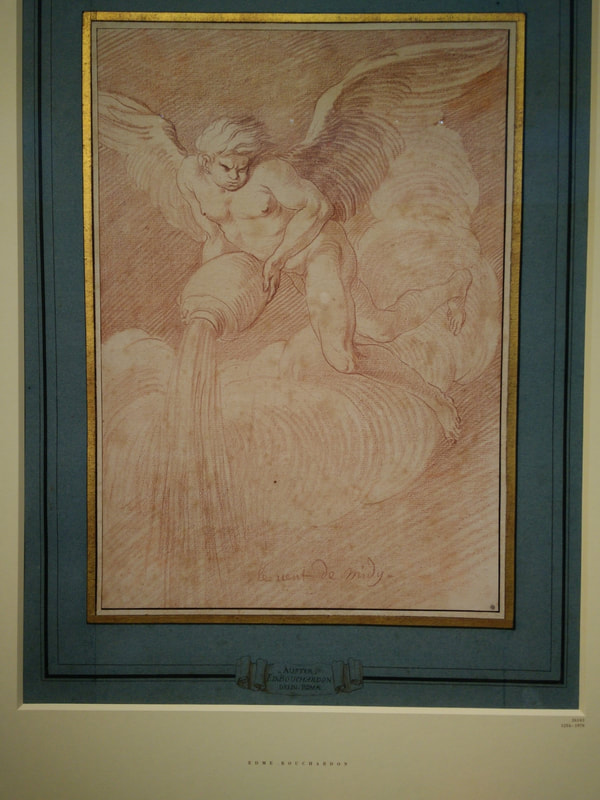
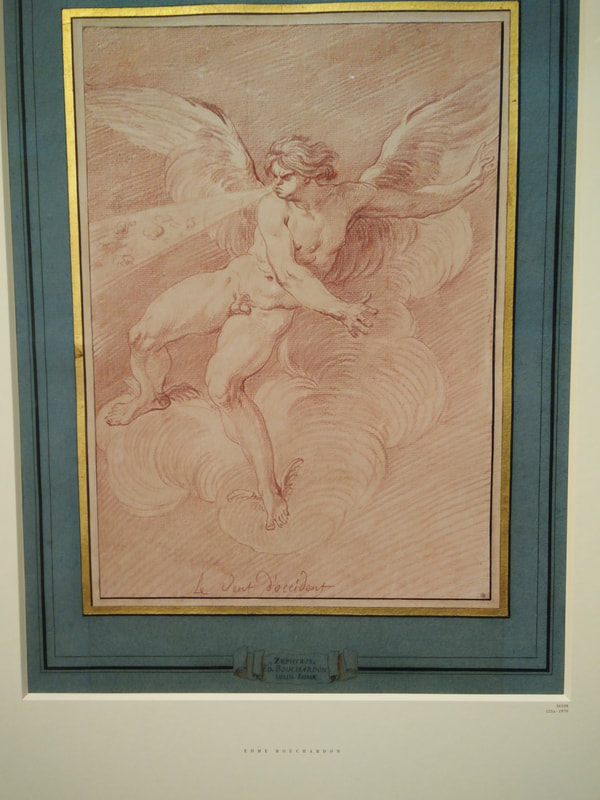
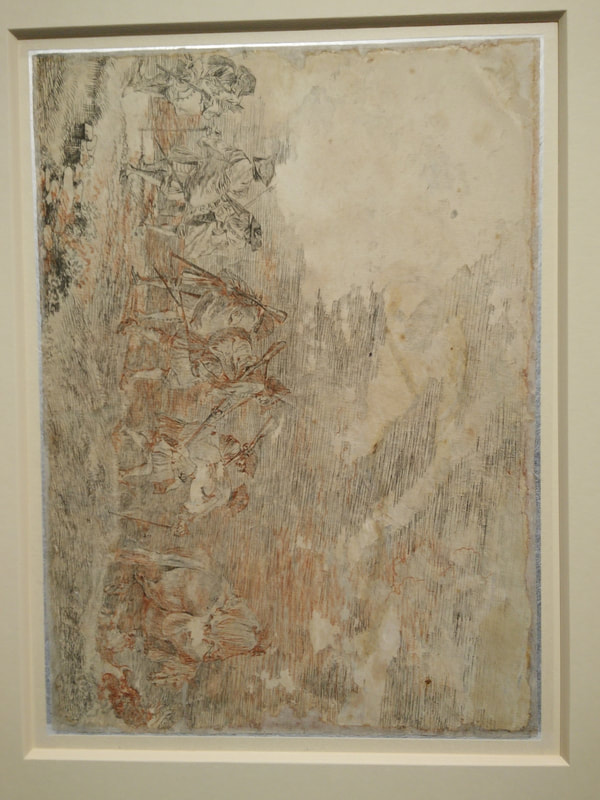
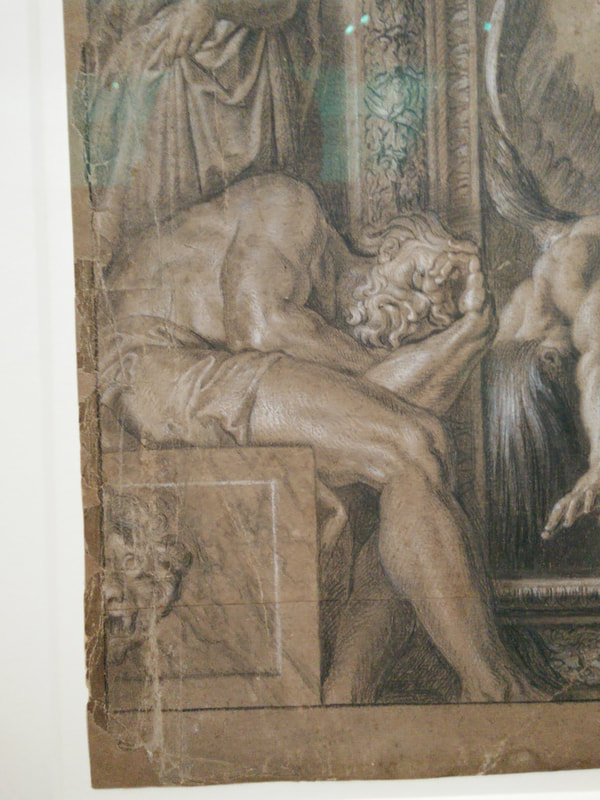
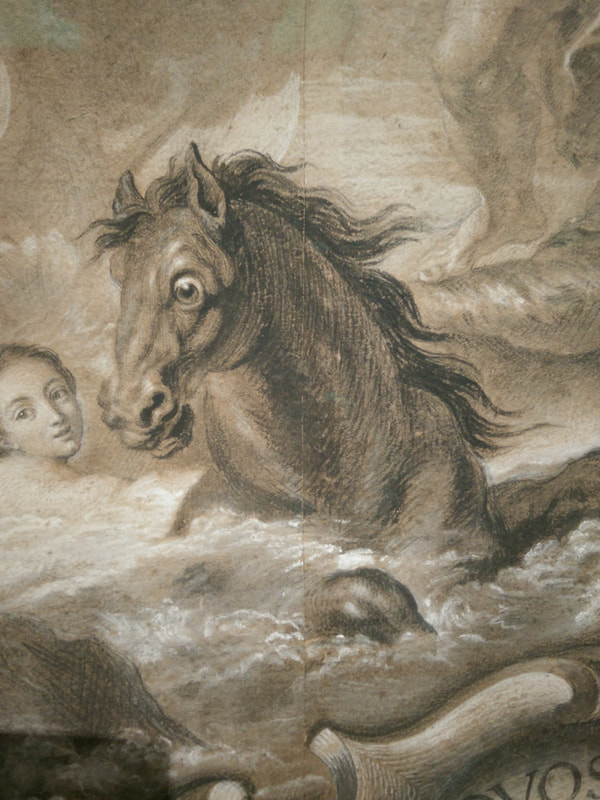
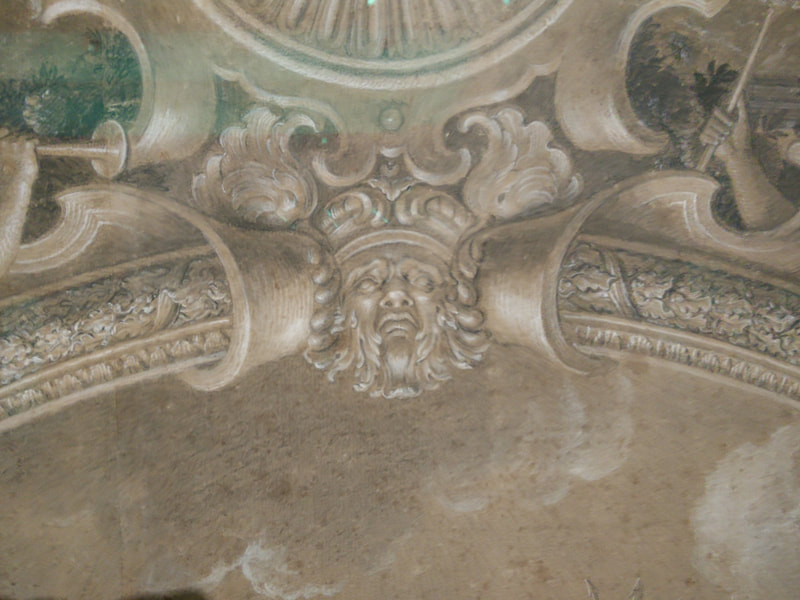
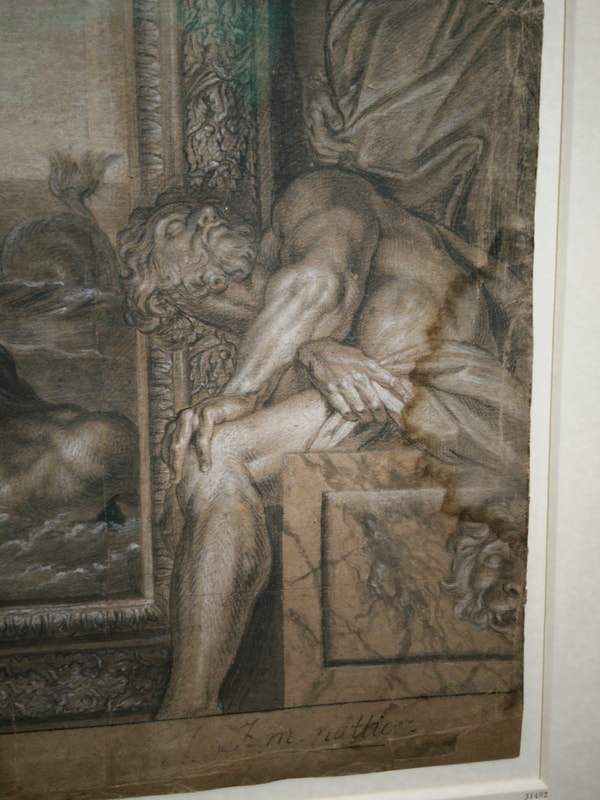
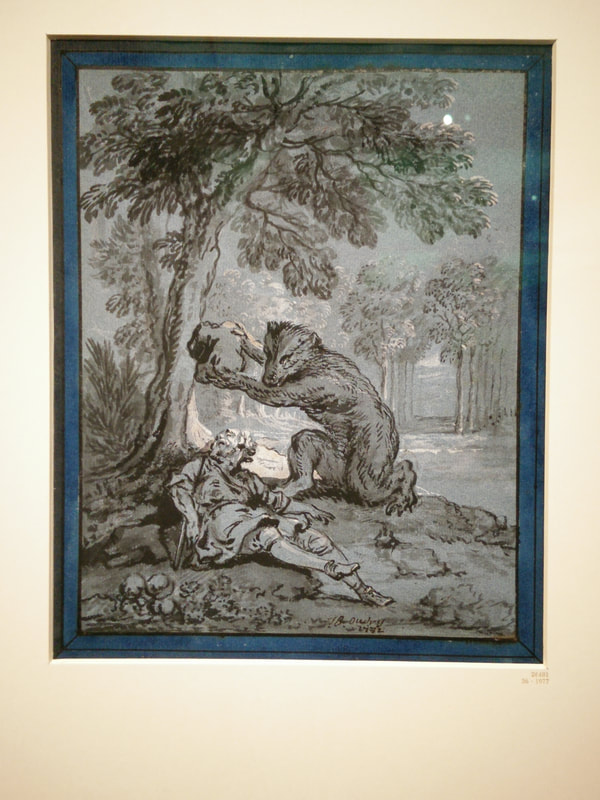
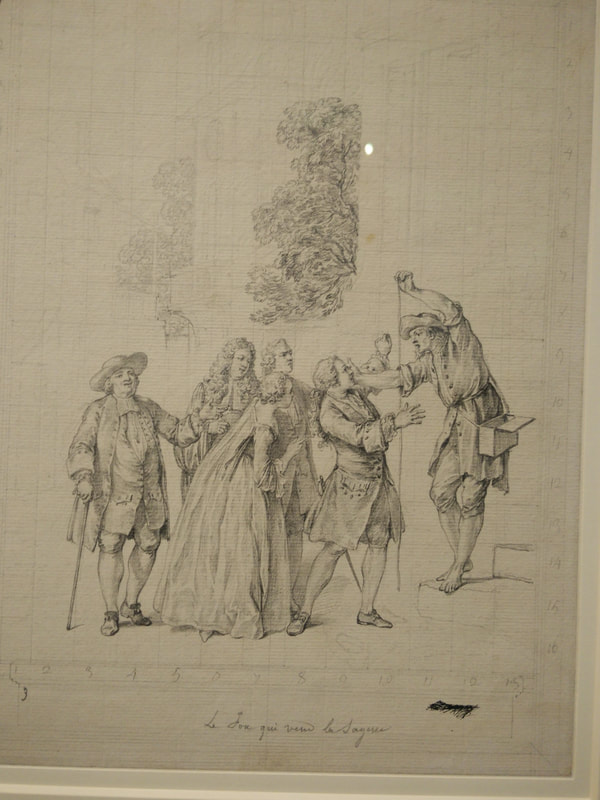
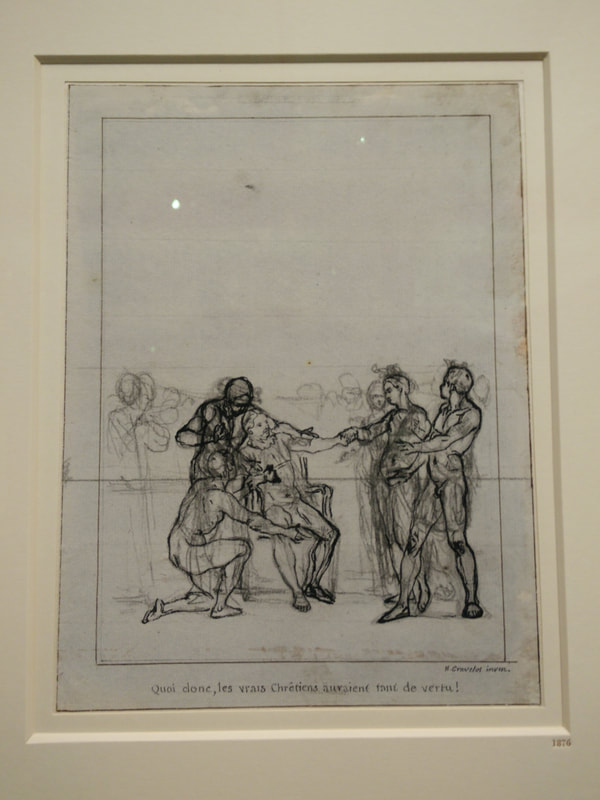

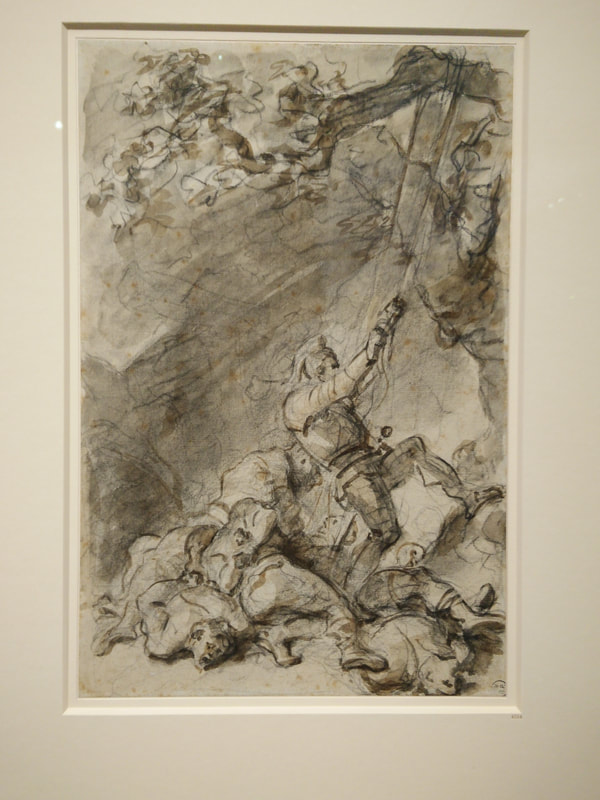
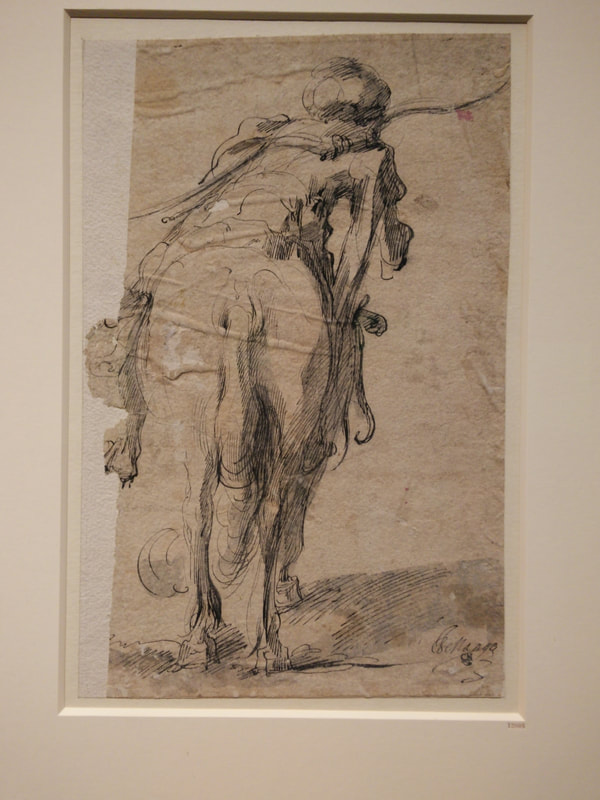
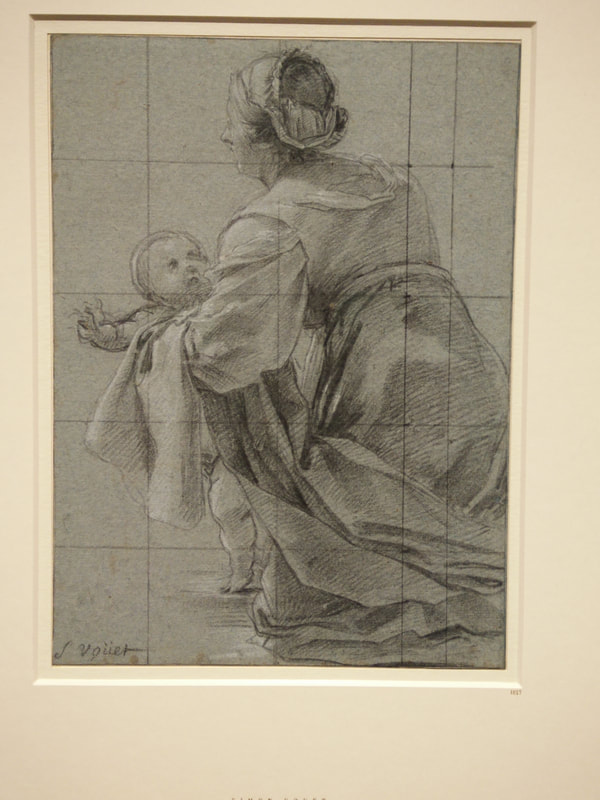
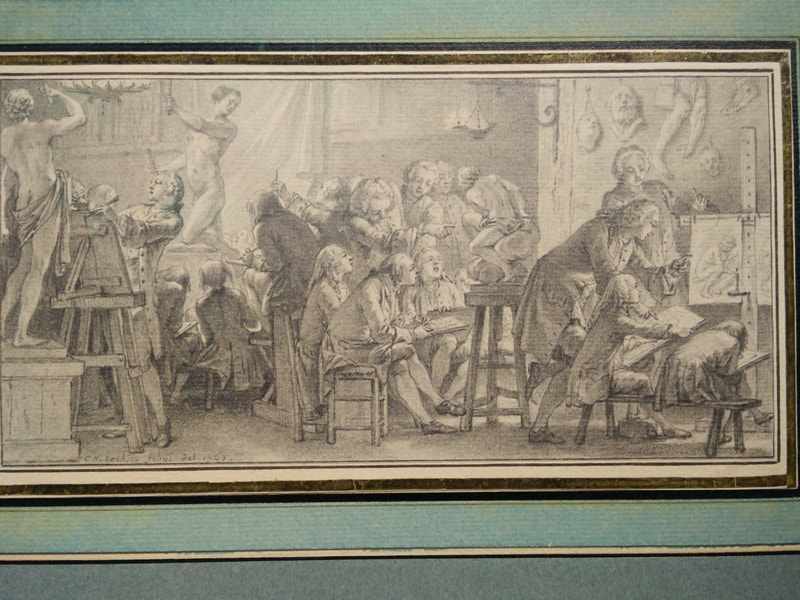
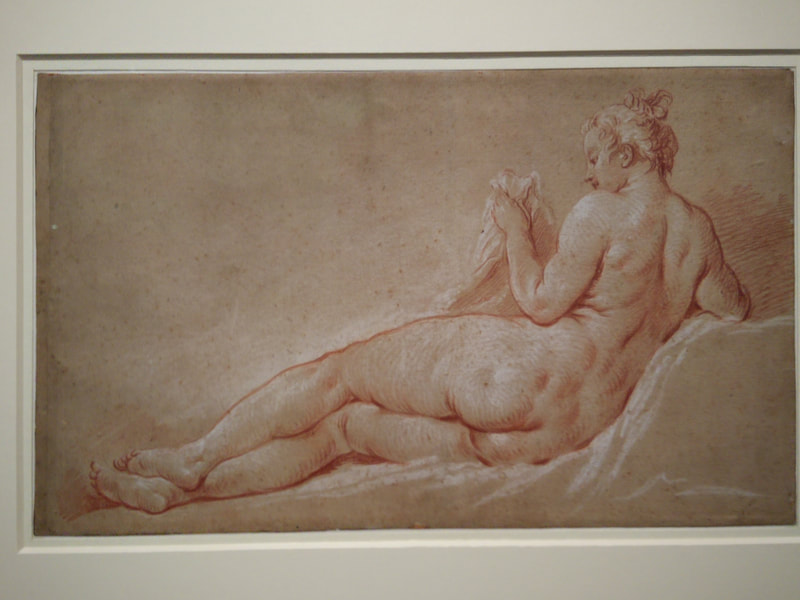
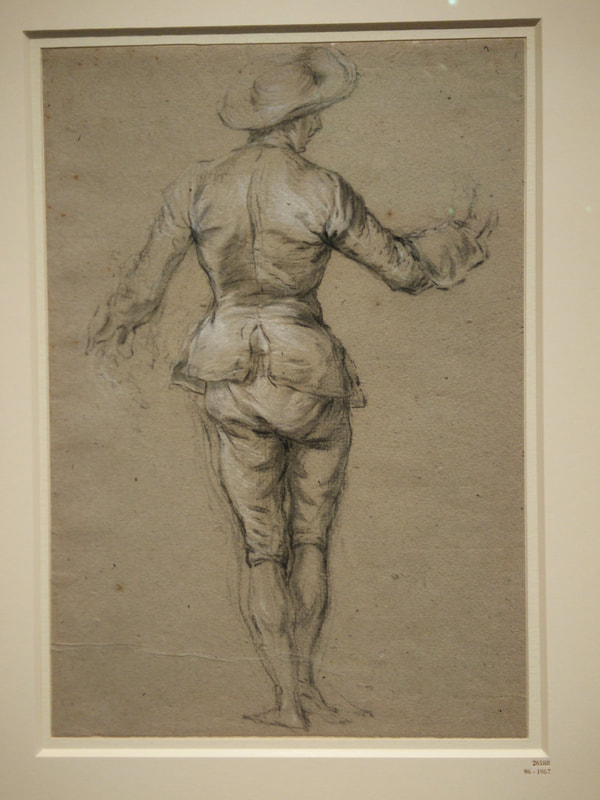
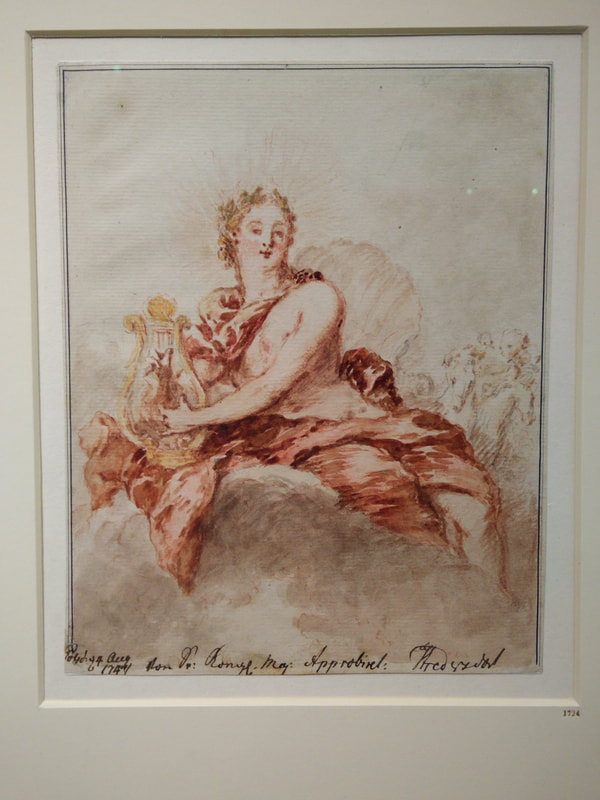
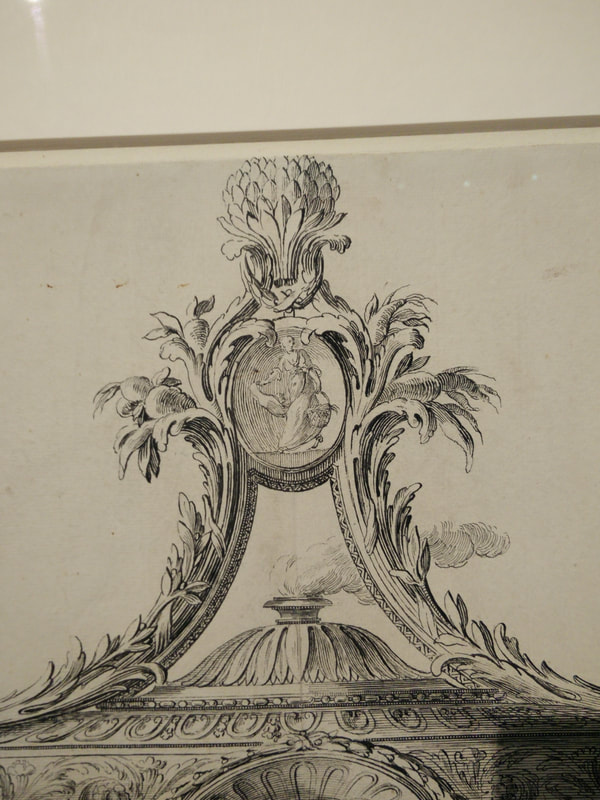

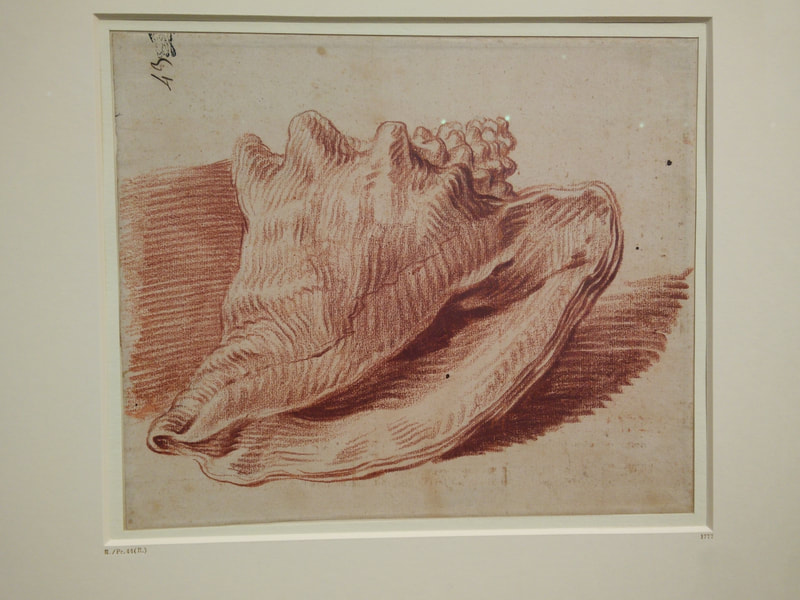
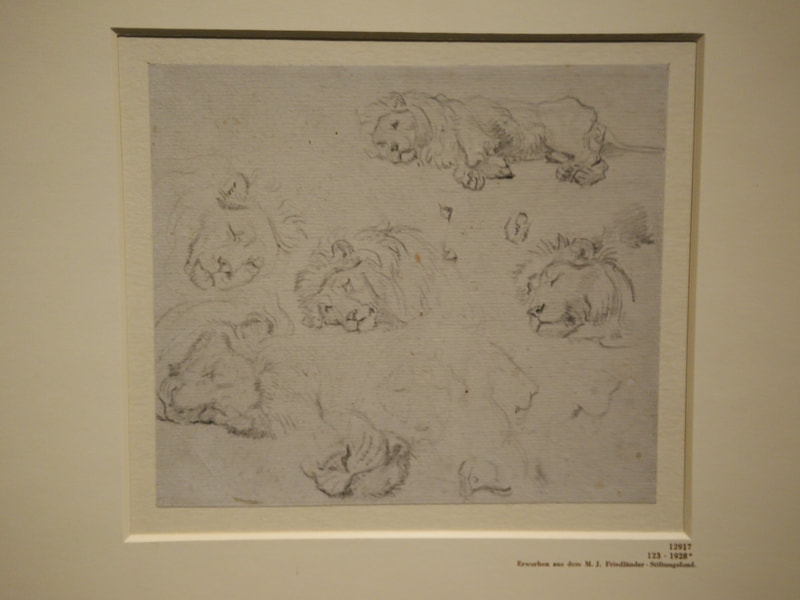
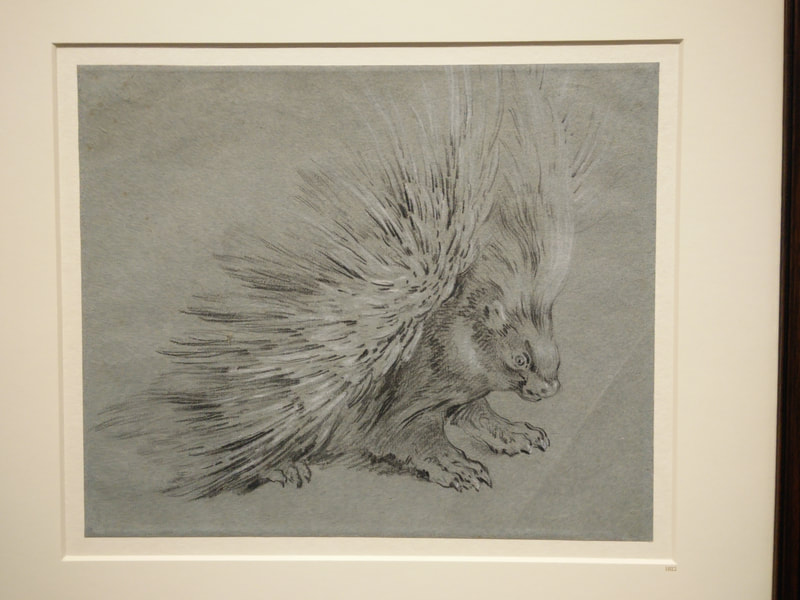
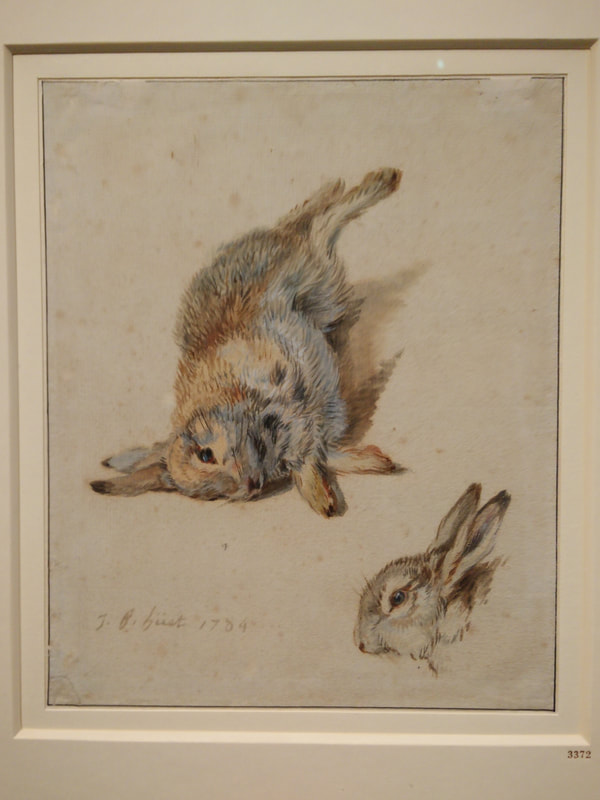
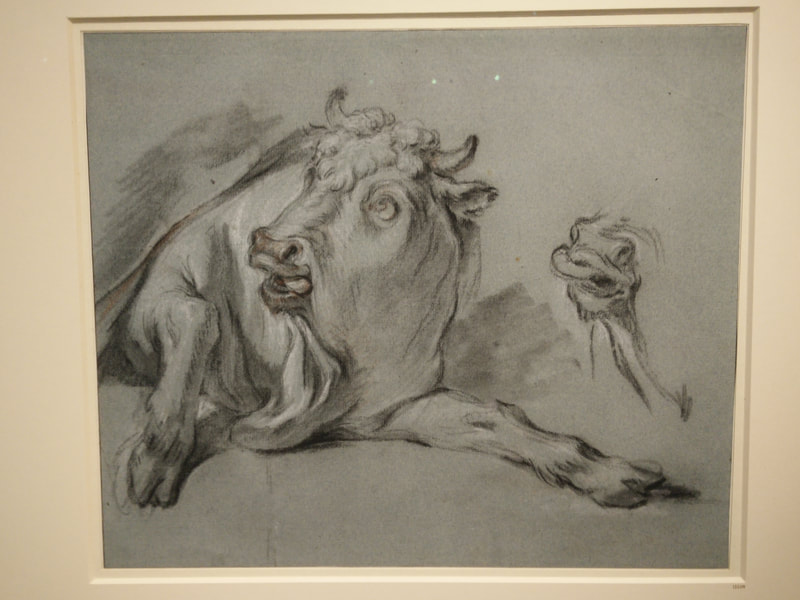
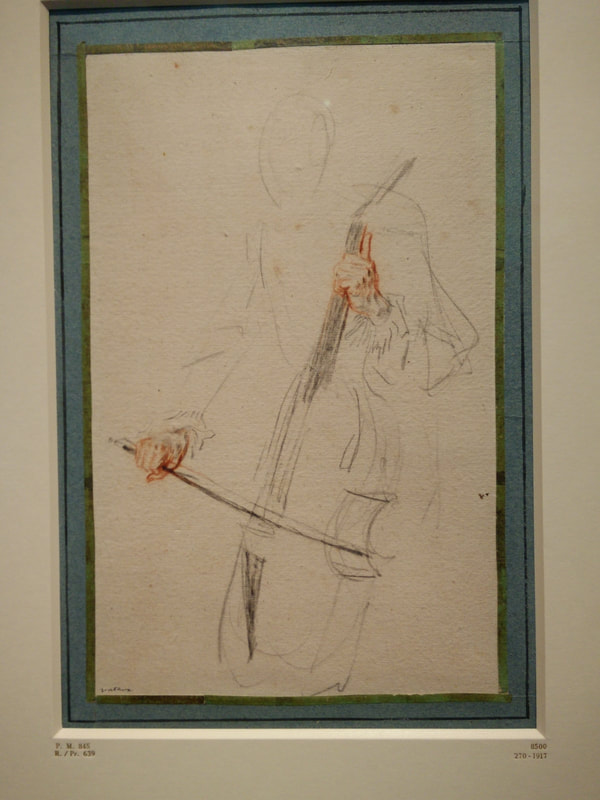
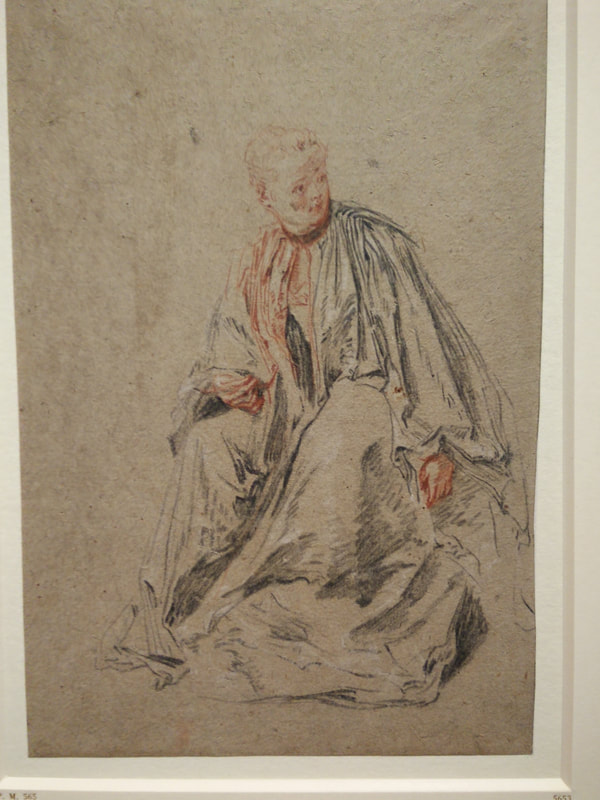
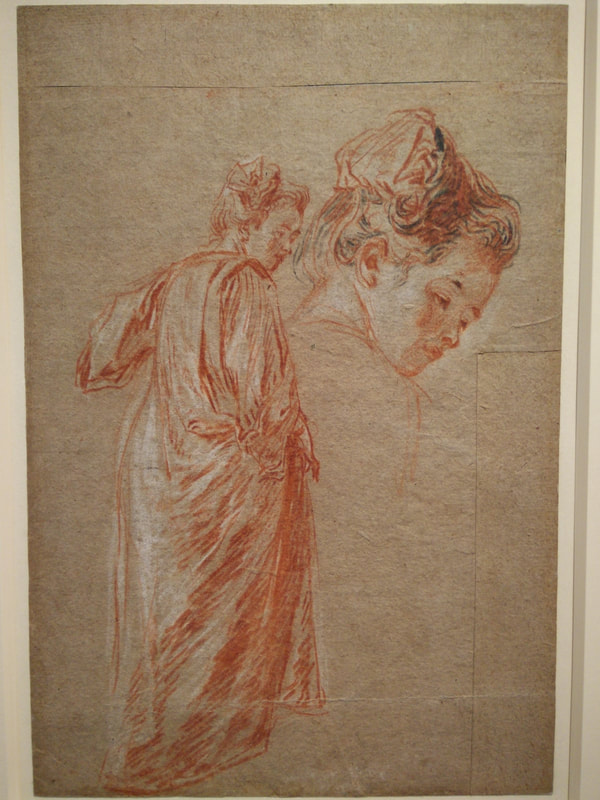
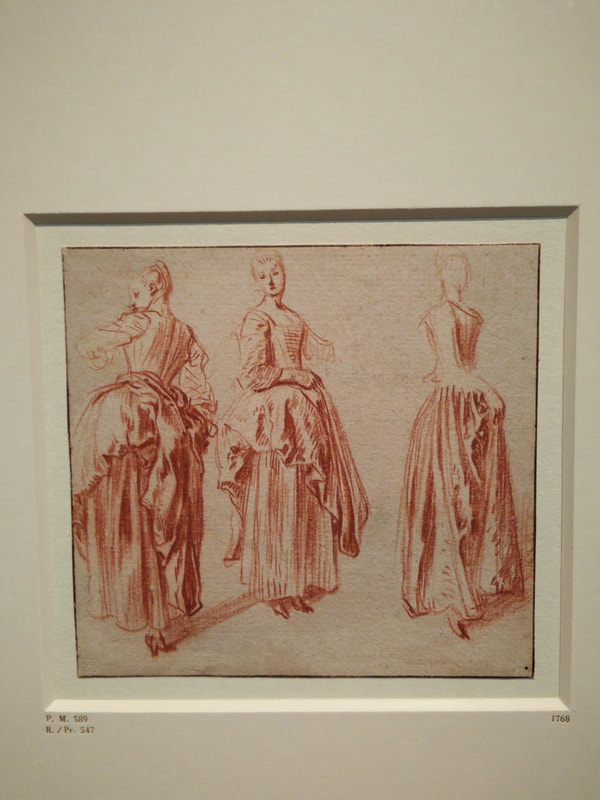
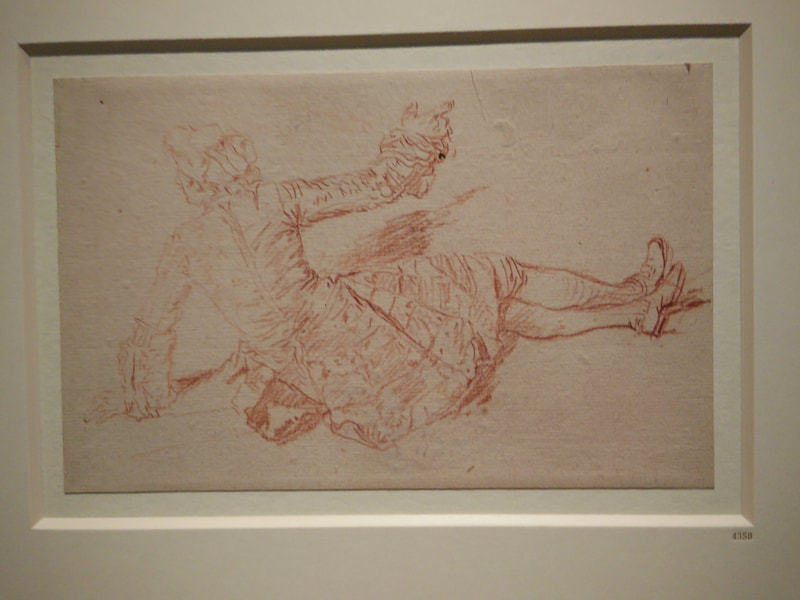
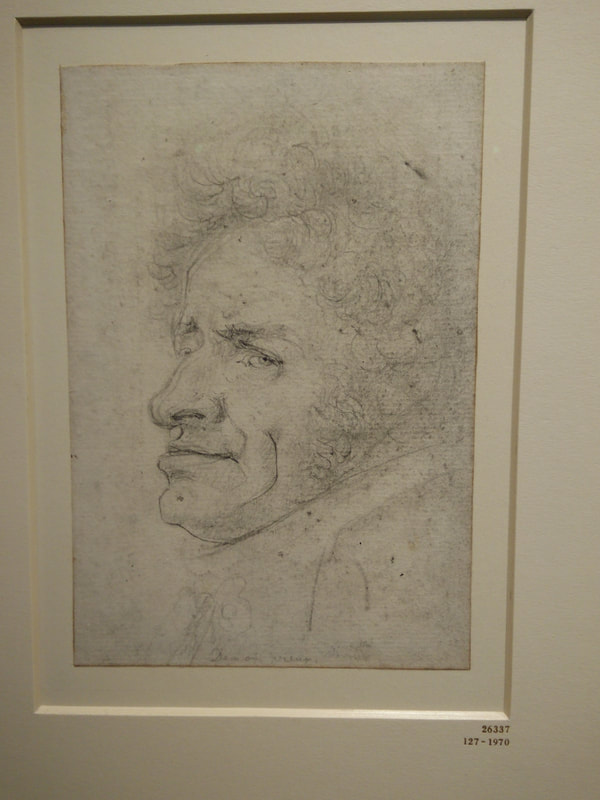
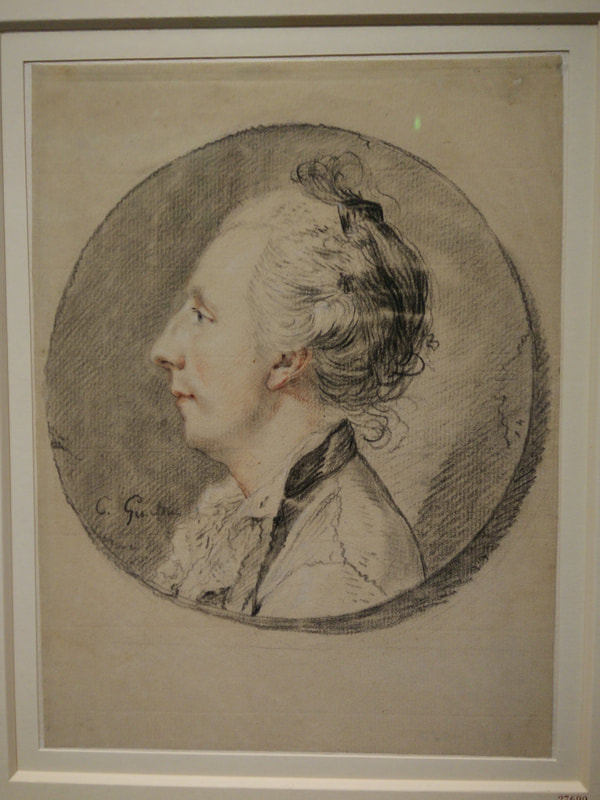

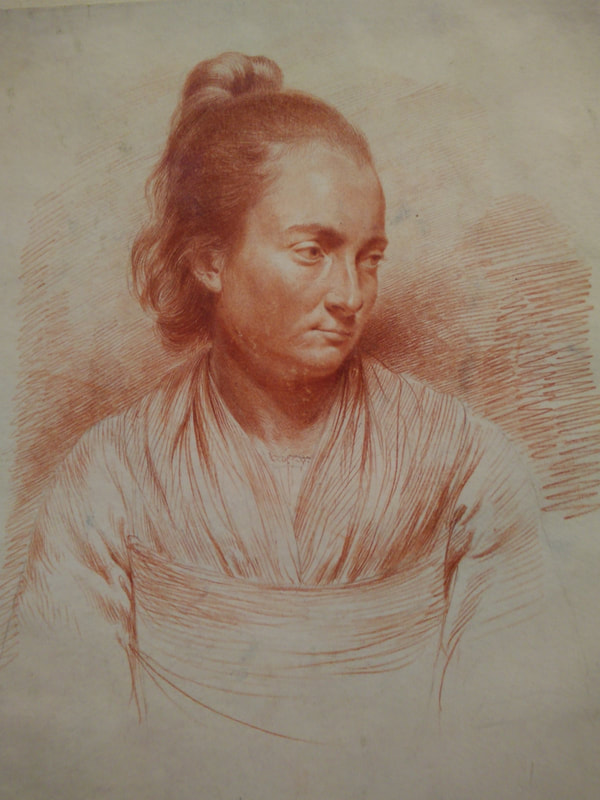
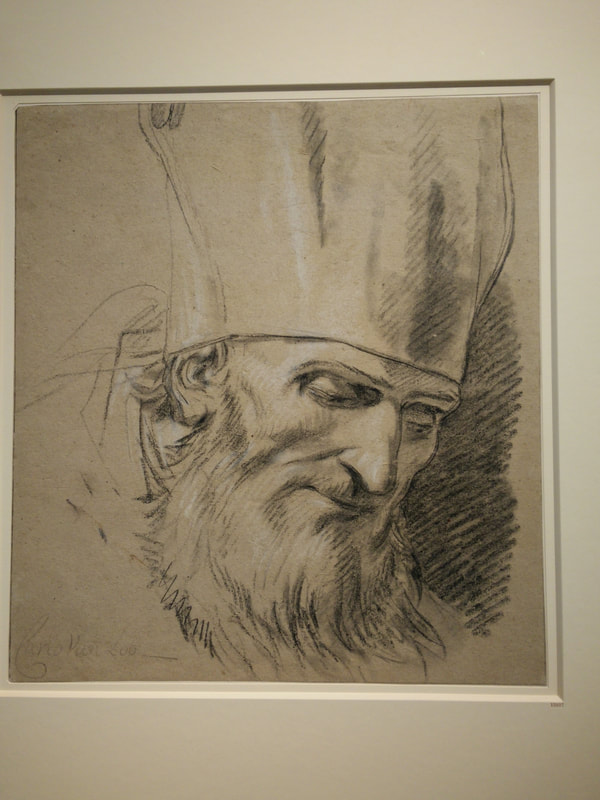
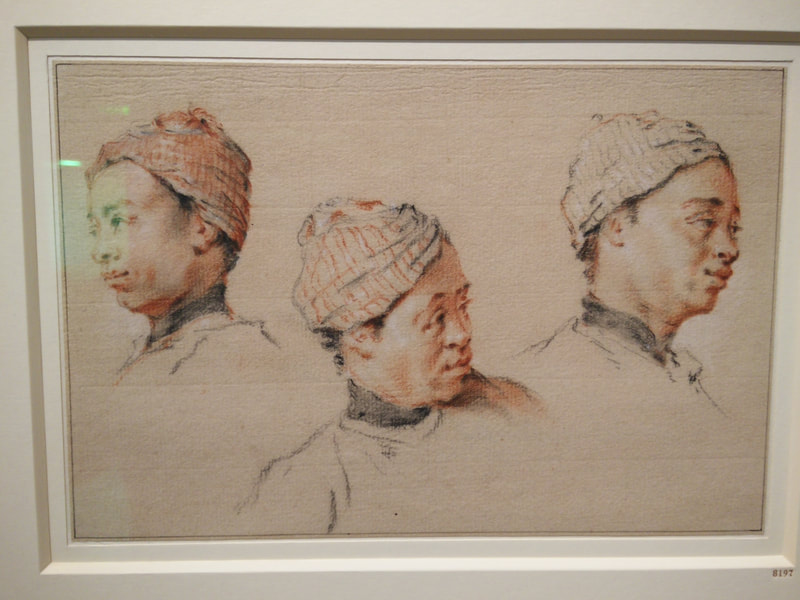
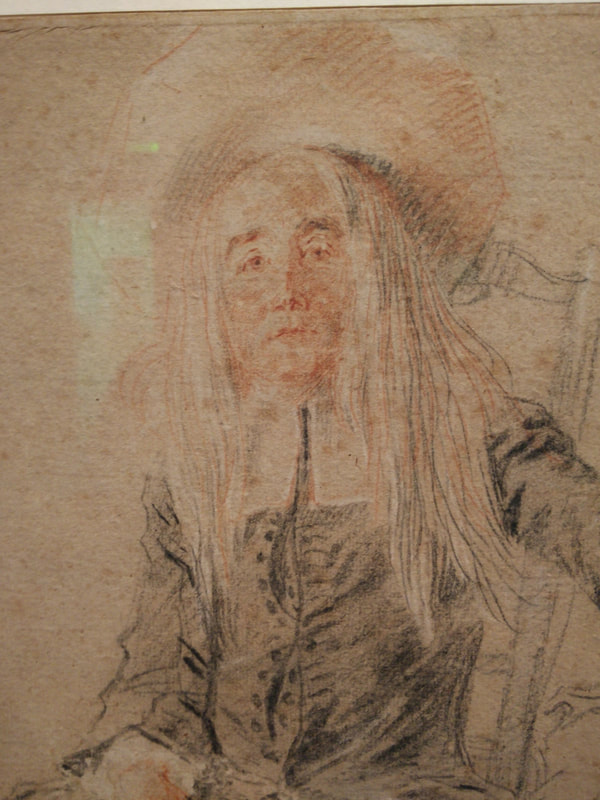
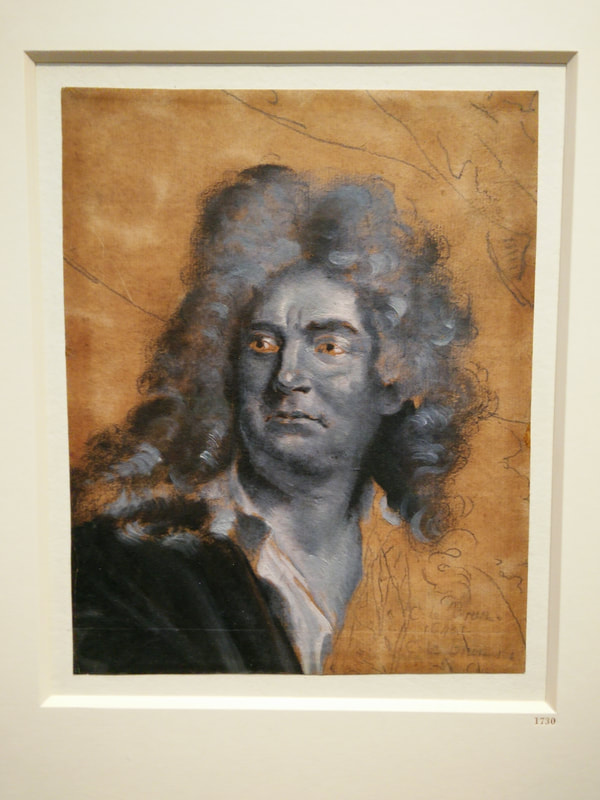

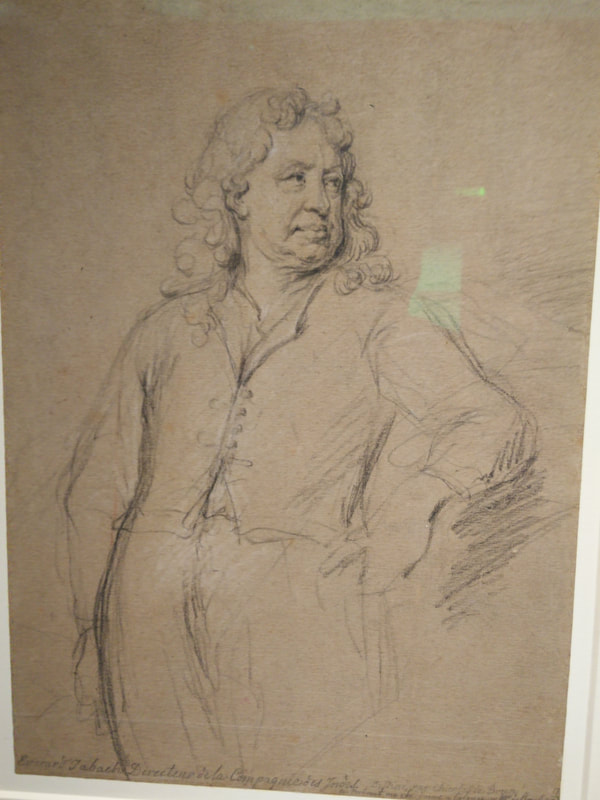
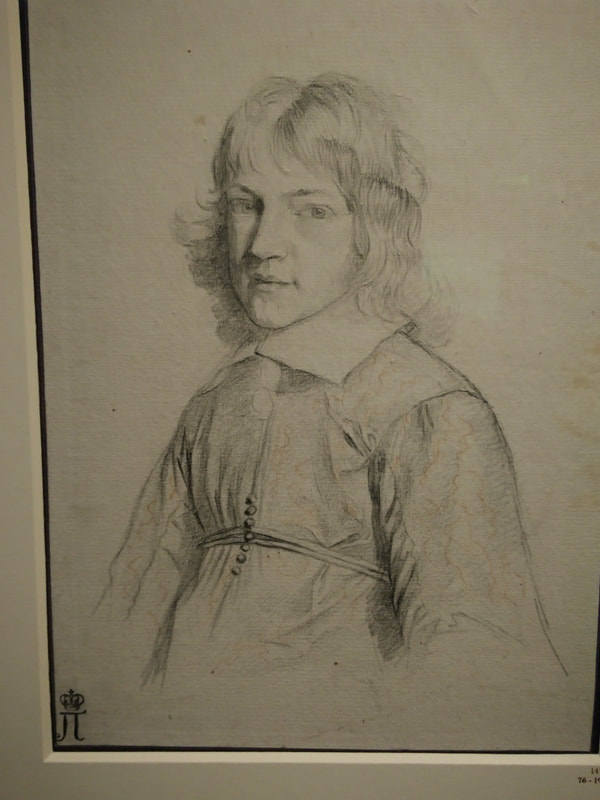
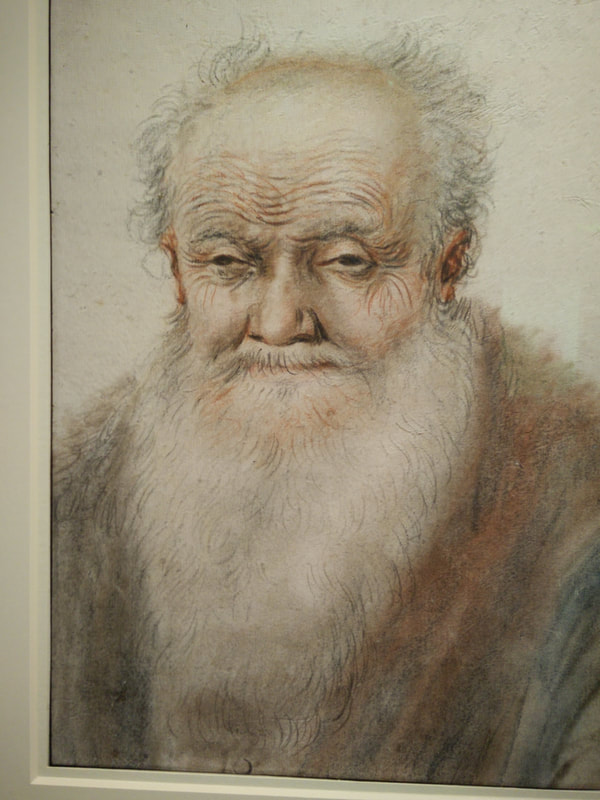
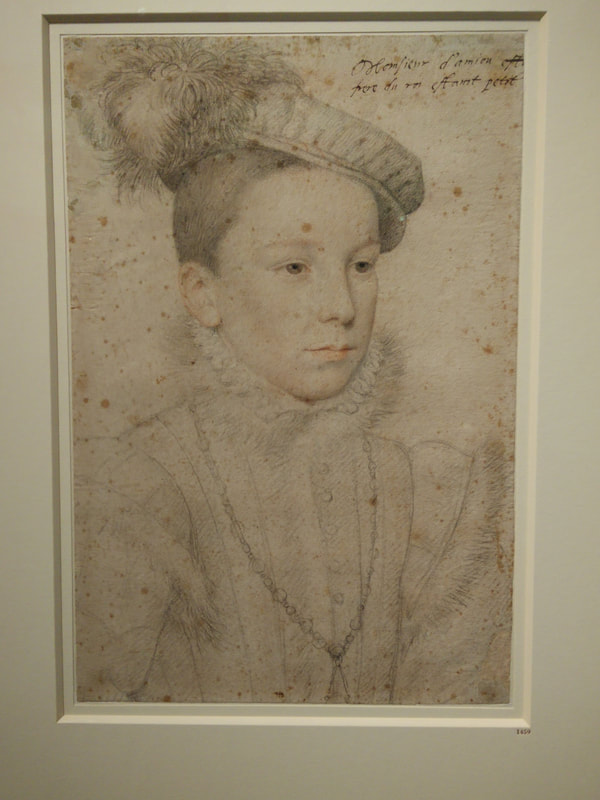
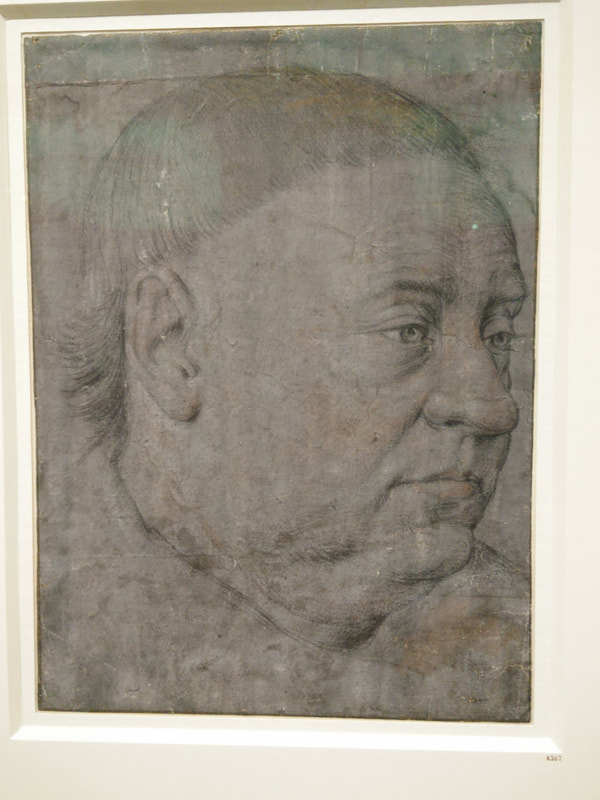
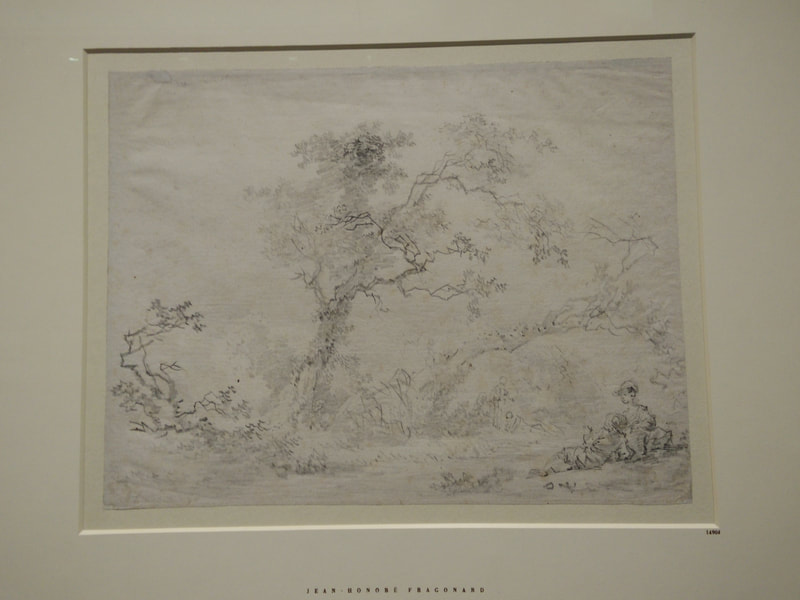
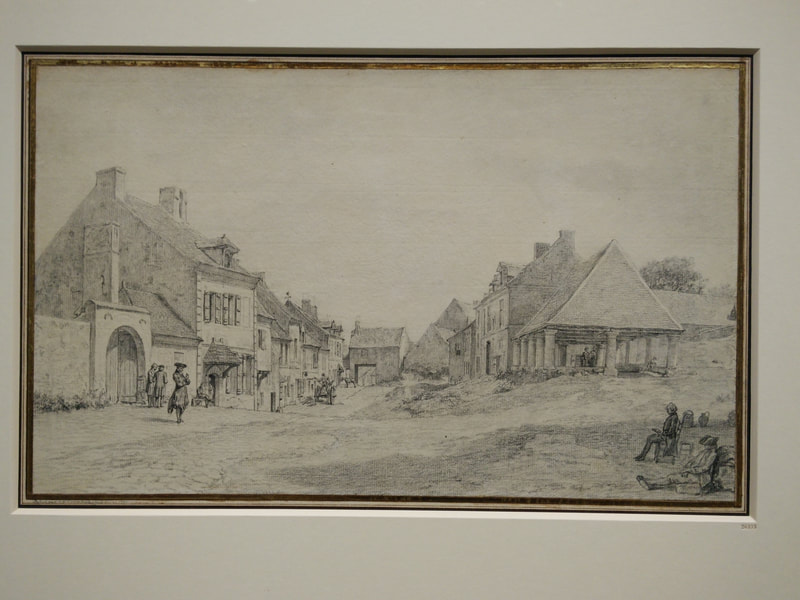
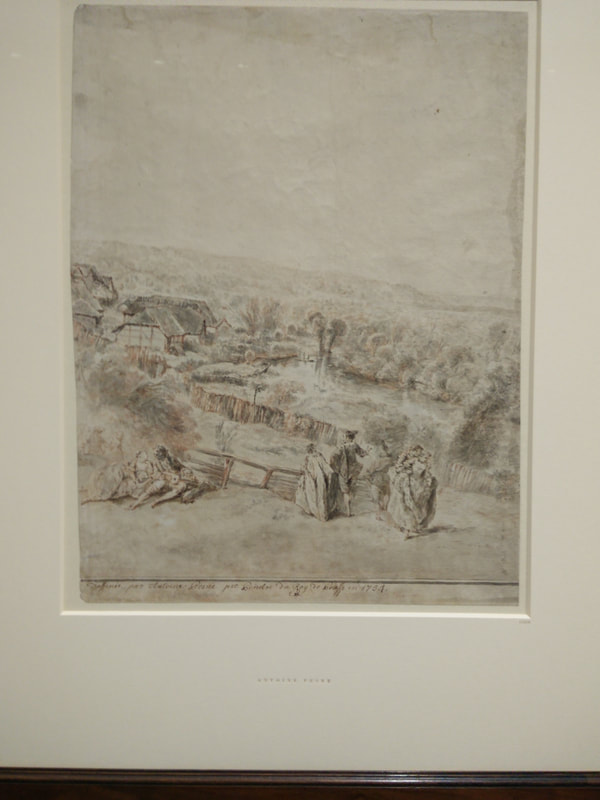
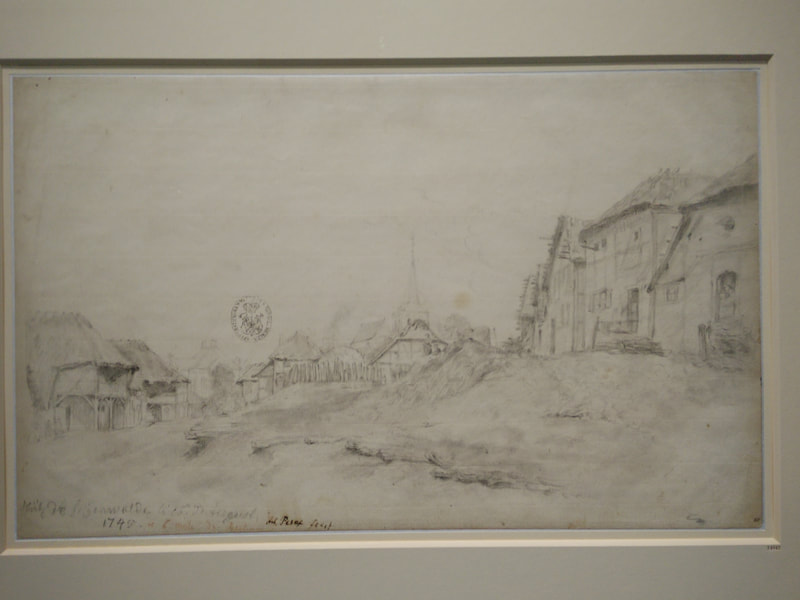
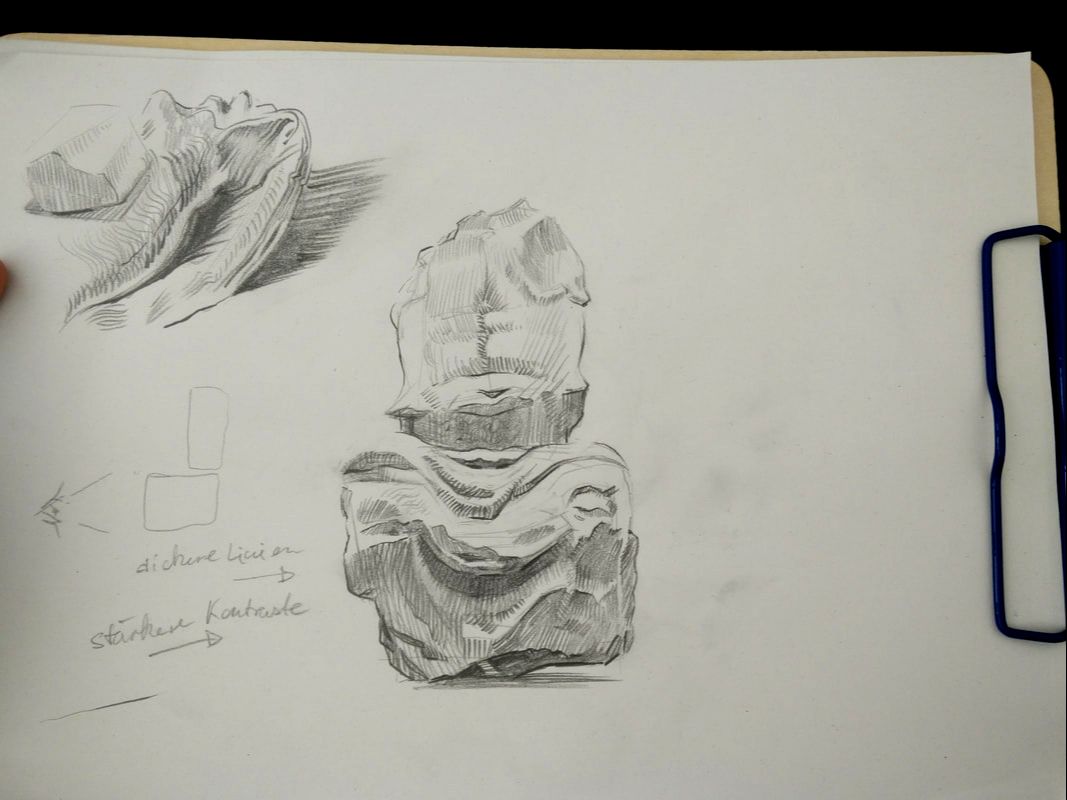
 RSS Feed
RSS Feed
